
What is data-driven design and where do I start?

DDD is emphatically not to be confused with a certain American food show presented by a man who can’t wear sunglasses properly.
This #UXchat was hosted by Lassi A Liikkanen, a data-driven designer and inter-disciplinary researcher – and you’ll find many of his helpful comments throughout the following discussions…
What is data-driven design?
With data-driven design the onus is on quantitative data – i.e. the insights you can derive from looking at numbers. Therefore it’s a process of developing or improving a product based on things you can measure – such as looking at your site’s analytics, carrying out A/B testing or conducting surveys.
Here’s Lassi with more detail…
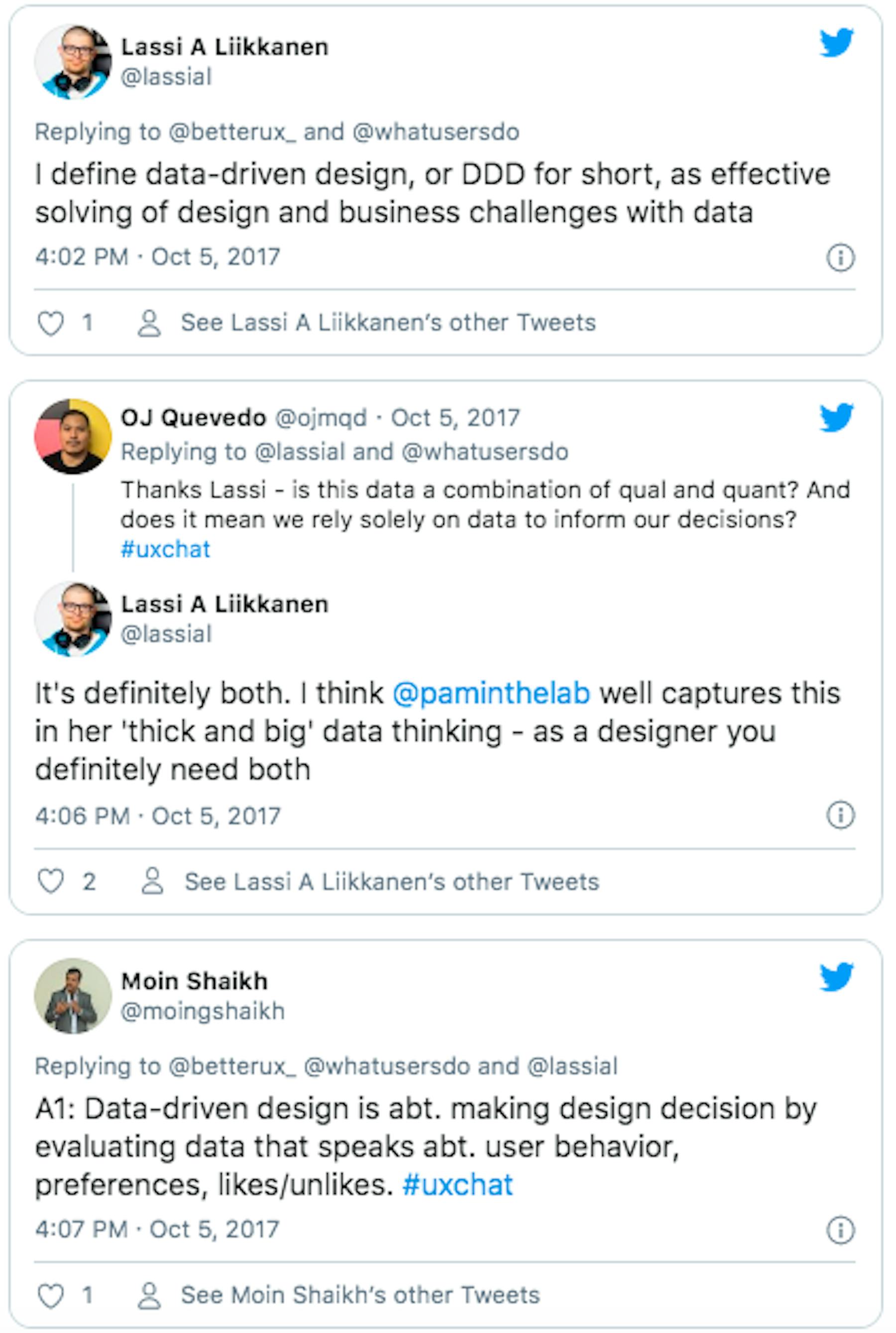
But how do you practically use data-driven design? In any stage of development, even when leaning towards quantitative research like remote user testing, data can still be used to find the places where problems may be occurring.
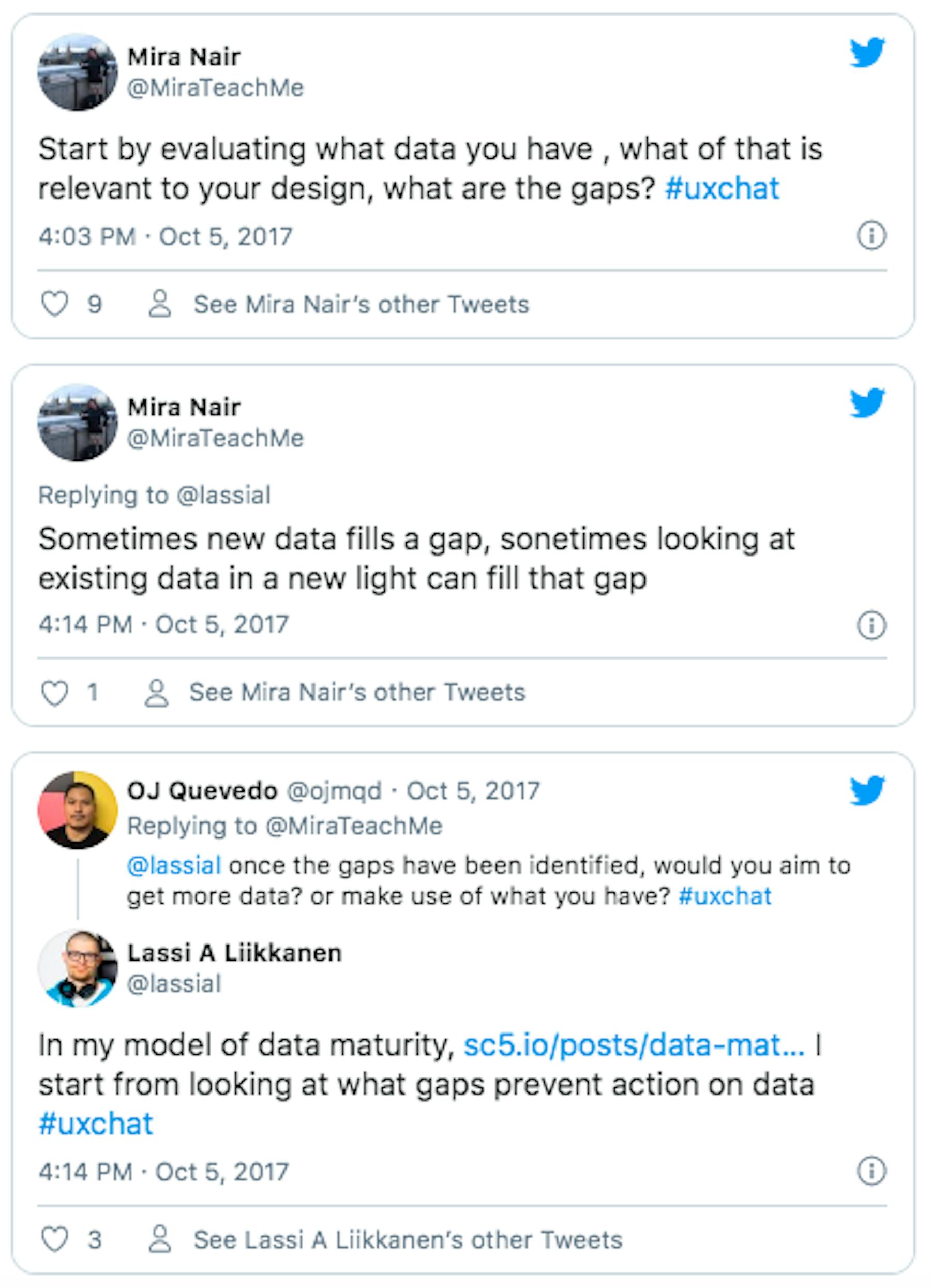
Of course, merely using just one method of quantitative research isn’t going to give you the breadth of insight needed to make useful changes…
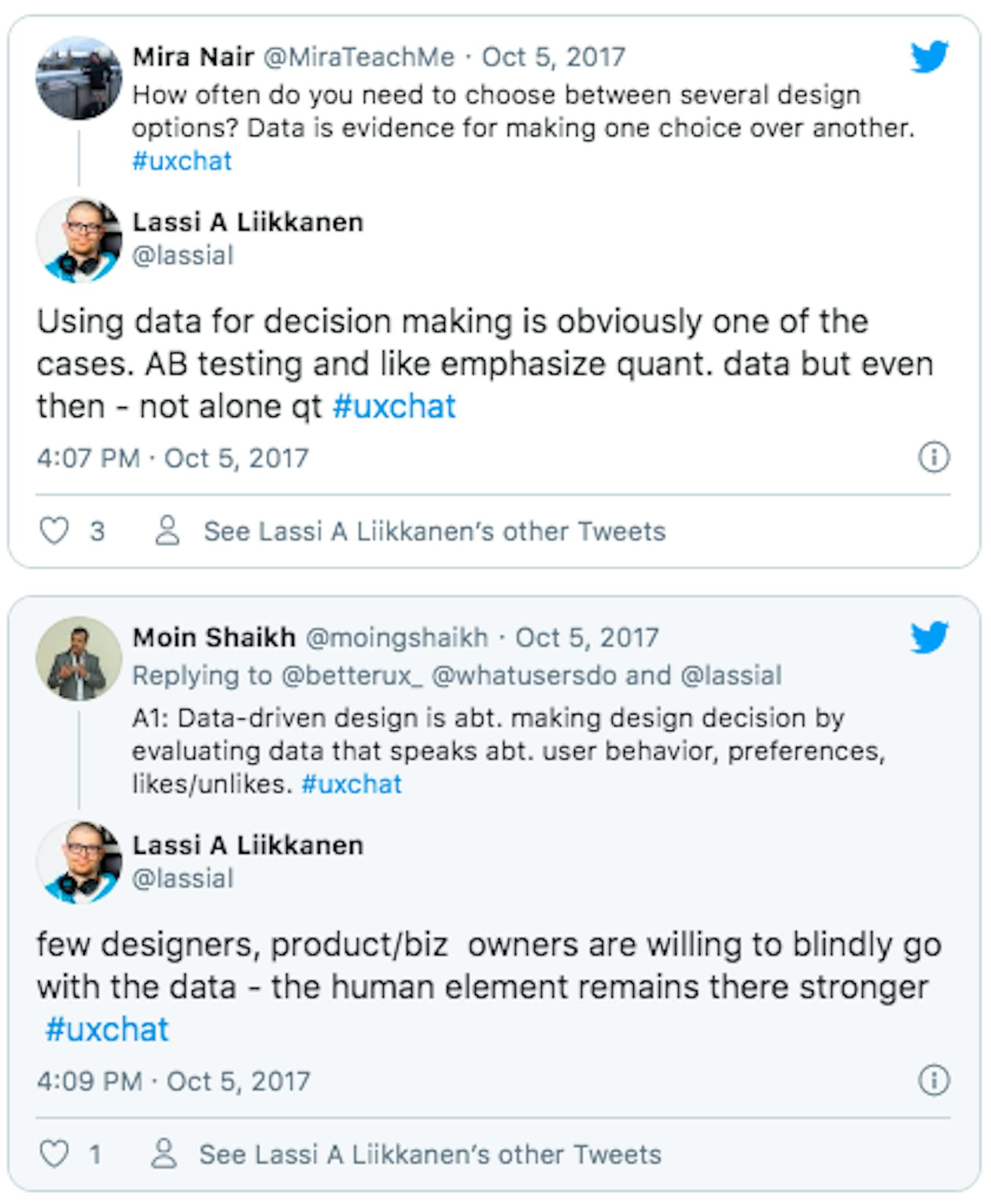
And who of us have been guilty in the past of thinking that a brief glance at Google Analytics is ‘enough’ to figure out what our users are doing?


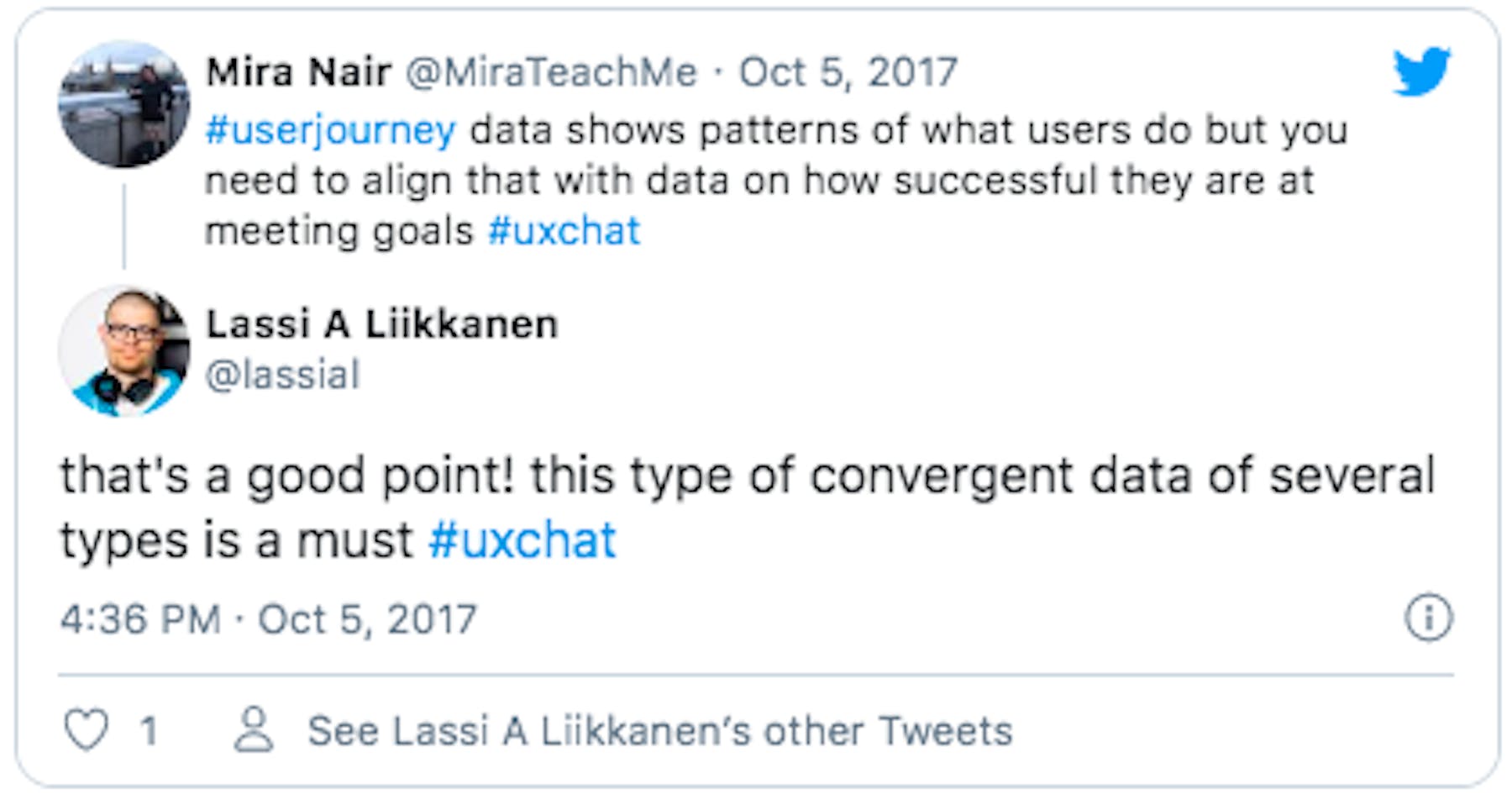
What is generative design?
Before we move on, let’s ascertain what we mean by ‘generative design’…
Generative design is driven by machine learning software. You basically (and apologies for over-simplifying this wildly) input a bunch of design constraints into the software – such as materials, costs, user needs – then the system generates thousands of potential designs, which the designer can choose and further develop.
Here’s Lassi with more detail on the process…



However, we still may be a little way off before generative design becomes a common practice.

What tools are available for data-driven design and development?
To start you on your journey towards data-driven design, we asked our UX community what tools they recommend. This also segues into a discussion about the ‘scalability’ of quantitative research with our founder Lee Duddell.
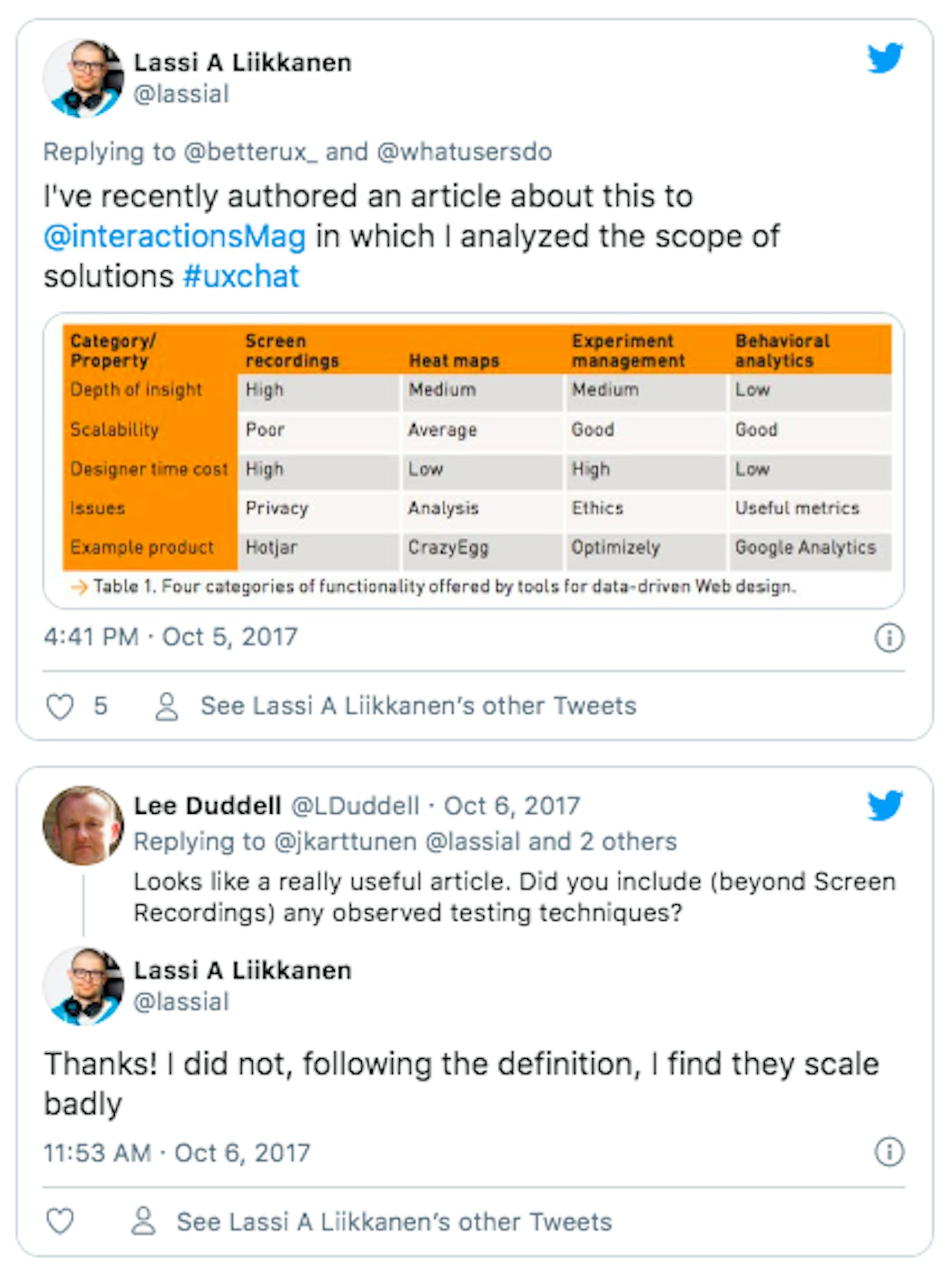
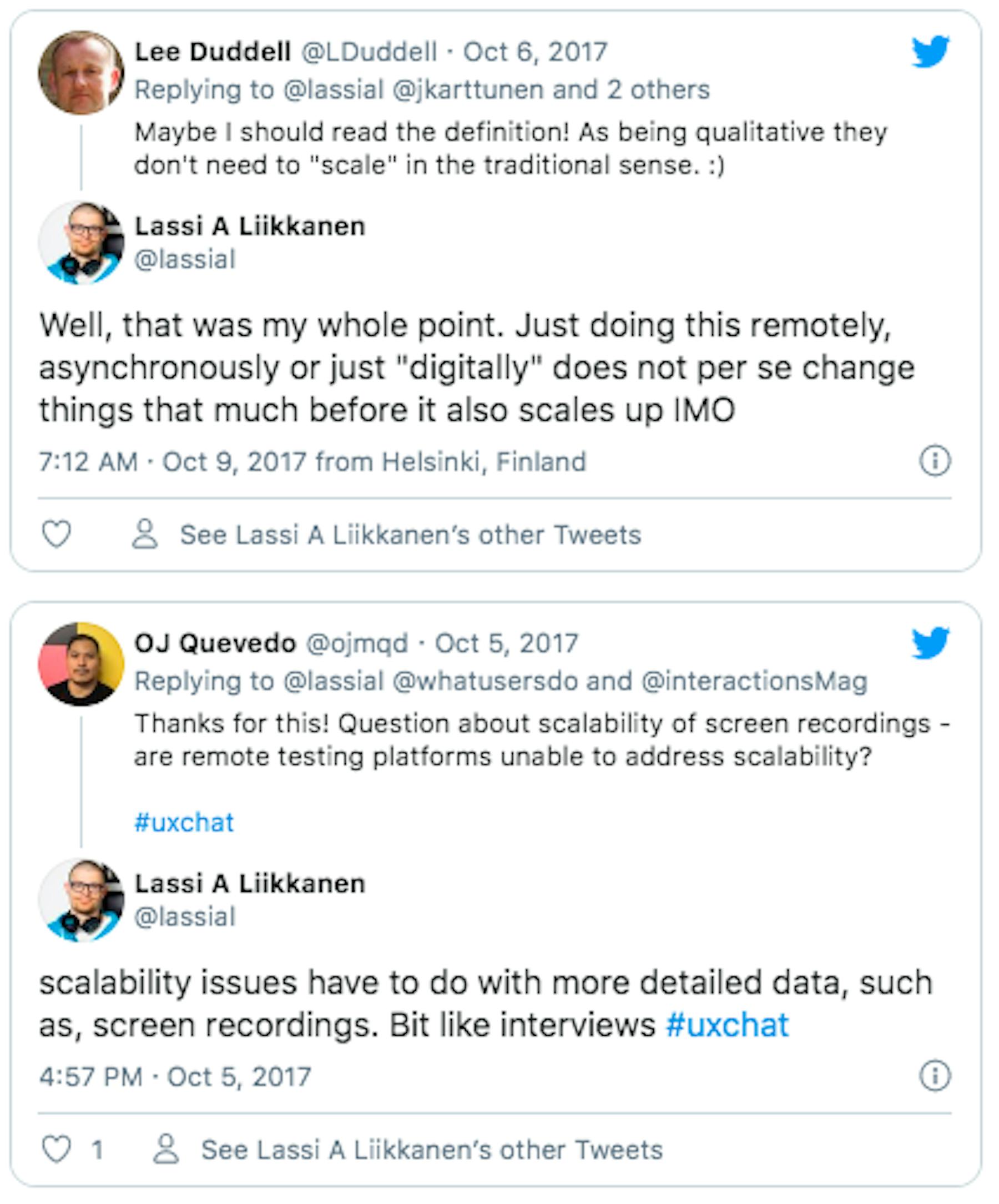



I’d like to mention @Decibelinsight– automates session replay analysis with machine learning, giving depth of insight + scalability #uxchat
— Jack Maden (@DecibelJack) October 5, 2017



